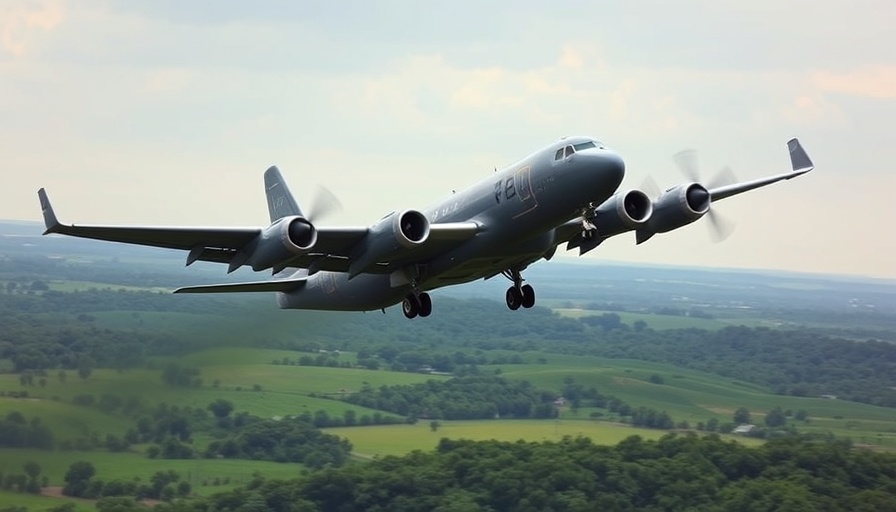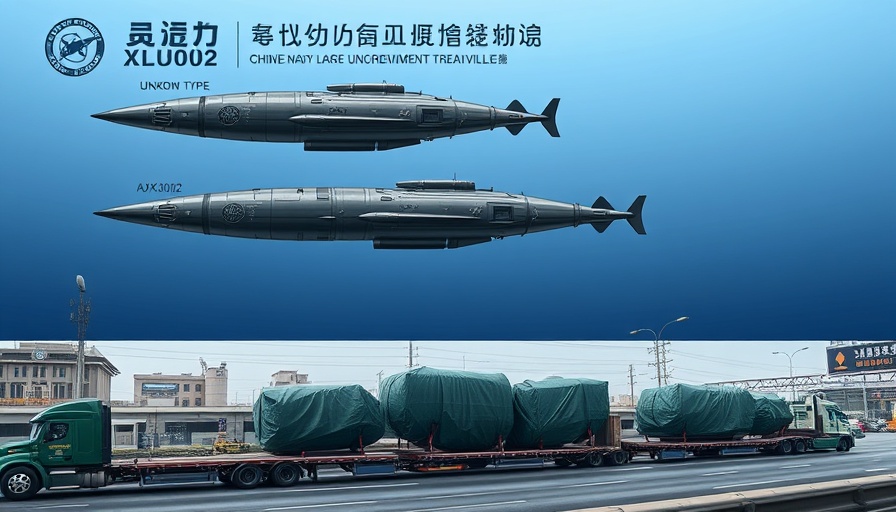
Enhancing the Future of Naval Aviation: P-8A Poseidon Updates
The recent completion of the first Increment 3 Block 2 modifications for the P-8A Poseidon marks a significant leap forward in the capabilities of one of the Navy's most advanced maritime surveillance aircraft. These enhancements are not just upgrades in hardware but signify a commitment to maintaining technological superiority in maritime operations.
What’s New in the P-8A Poseidon?
The modifications introduced in this latest increment focus on improving the P-8A's operational flexibility and intelligence-gathering capabilities. By integrating advanced systems, including improved sensors and communications equipment, the Poseidon is set to enhance both its reconnaissance and anti-submarine warfare missions. This will allow for real-time information sharing, enabling faster decision-making in critical missions.
Why These Modifications Matter
In an era where maritime threats are increasingly sophisticated, these upgrades are essential. The P-8A Poseidon has already proven its value through multiple deployments, gathering crucial intelligence for the U.S. Navy and its allies. The enhanced capabilities from the recent modifications will further augment its role as a vital asset in joint maritime operations, especially in contested areas.
The Future of Naval Technology
Looking forward, the focus on continuous improvement aligns with broader trends in defense technology. Similar updates across various naval platforms emphasize the U.S. Navy’s commitment to not only stay ahead of potential adversaries but also to adapt to rapidly changing environments. The Increment 3 modifications are a testament to the Navy's proactive strategy in enhancing its fleet's readiness and effectiveness.
Cultural Significance of the P-8A Poseidon
The P-8A doesn’t just represent advanced technology; it embodies the dedication and ingenuity of American naval aviation. The aircraft is equipped with cutting-edge technology that ensures it meets the demands of modern warfare. This commitment goes beyond just hardware; it reflects an understanding of the geopolitical landscape and the importance of having a robust maritime presence.
Operational Impact of the Updates
As the P-8A Poseidon continues to evolve, its operational impact cannot be understated. The improved systems will allow for more effective search and rescue missions, better tracking of underwater threats, and enhanced cooperation with allied forces. These advancements represent a critical shift in how naval airpower interacts with evolving maritime and global challenges.
Join the Conversation on Naval Technology
The completion of the P-8A Poseidon's first Block 2 modifications thus serves not only to inform about the latest in naval technology but also invites dialogue on the future of maritime defense. Understanding these developments is essential for those interested in naval operations, defense technology enthusiasts, and industry professionals alike.
Could these advancements redefine naval strategies? We invite readers to reflect on how such updates impact the global defense landscape.
 Add Row
Add Row  Add
Add 




Write A Comment